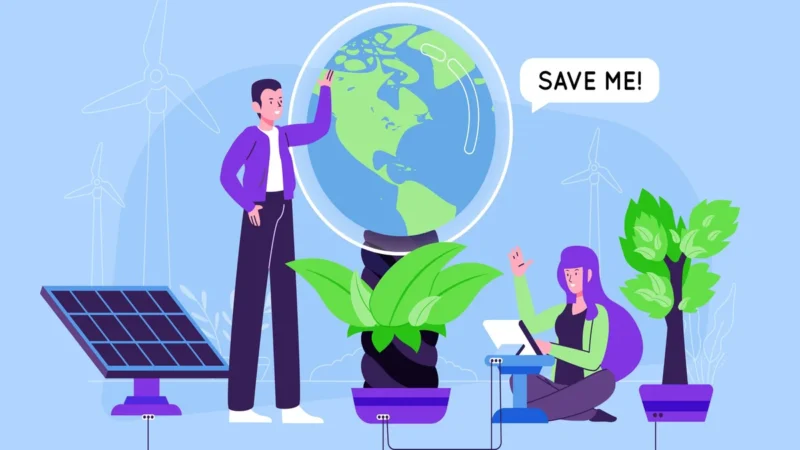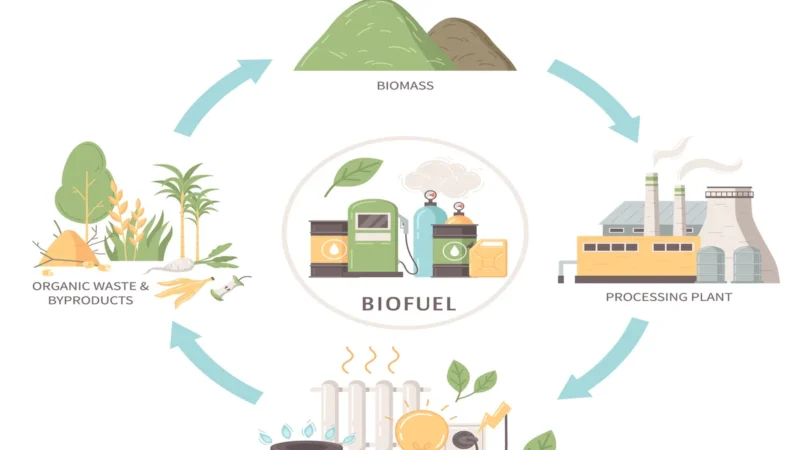Shaping the Future: Pathways to a Low-Carbon Energy Sector

The future of our planet hinges on our ability to transition to a low-carbon energy sector. As concerns about climate change grow, it is imperative that we explore pathways to sustainable and clean energy sources. This article aims to outline the significance of policies and investments in shaping a low-carbon energy sector, and how they can drive the transition towards a greener future.
Why is a low-carbon energy sector important?
The current dependence on fossil fuels for energy production is not sustainable in the long run. Fossil fuels contribute significantly to greenhouse gas emissions, leading to climate change and environmental degradation. By shifting to a low-carbon energy sector, we can reduce these emissions, mitigate climate change, and promote environmental sustainability.
Pathways to a low-carbon energy sector:
Renewable energy sources:
Investing in renewable energy technologies such as solar, wind, hydro, and geothermal power is crucial. These sources offer abundant and clean energy options that can replace fossil fuels.
Energy efficiency and conservation:
Improving energy efficiency in industries, buildings, and transportation is vital. Implementing policies that encourage energy conservation practices and technologies can reduce energy consumption and minimize greenhouse gas emissions.
Electrification of transportation:
Transitioning from fossil fuel-powered vehicles to electric vehicles (EVs) can significantly reduce carbon emissions from the transportation sector. Policies supporting EV adoption, along with the development of charging infrastructure, are key to this transition.
Decentralized energy systems:
Promoting decentralized energy systems, such as community solar projects and microgrids, can enhance energy resilience and enable local generation and consumption of clean energy.
Policies for a low-carbon energy sector:
Renewable portfolio standards (RPS):
RPS policies mandate a certain percentage of electricity to come from renewable sources. These policies provide market certainty and stimulate investments in renewable energy projects.
Carbon pricing:
Implementing carbon pricing mechanisms, such as carbon taxes or cap-and-trade systems, can incentivize the reduction of carbon emissions. These policies create a financial motivation for industries to transition to low-carbon alternatives.
Feed-in tariffs:
Feed-in tariffs guarantee a fixed payment for renewable energy producers, providing long-term contracts and financial stability. This policy encourages the development of renewable energy projects by ensuring a return on investment.
Research and development (R&D) funding:
Governments and private entities should invest in R&D to drive innovation and advance low-carbon technologies. Funding for research in areas such as energy storage, smart grids, and carbon capture and storage is essential for future progress.
FAQs
Q: Will transitioning to a low-carbon energy sector be expensive?
A: While there may be upfront costs associated with infrastructure development and technology adoption, transitioning to a low-carbon energy sector can lead to long-term cost savings. Renewable energy costs have significantly decreased in recent years, and energy efficiency measures can reduce energy bills for consumers.
Q: What role can individuals play in shaping a low-carbon energy sector?
A: Individuals can make a difference by adopting energy-efficient practices in their homes, supporting renewable energy initiatives, and choosing sustainable transportation options. Additionally, advocating for renewable energy policies and participating in community energy projects can contribute to the shift towards a low-carbon future.
Q: How can governments encourage investments in the low-carbon energy sector?
A: Governments can provide financial incentives, tax credits, and grants to attract investments in renewable energy projects. They can also create a supportive regulatory framework that promotes clean energy and sets ambitious targets for emissions reduction.


